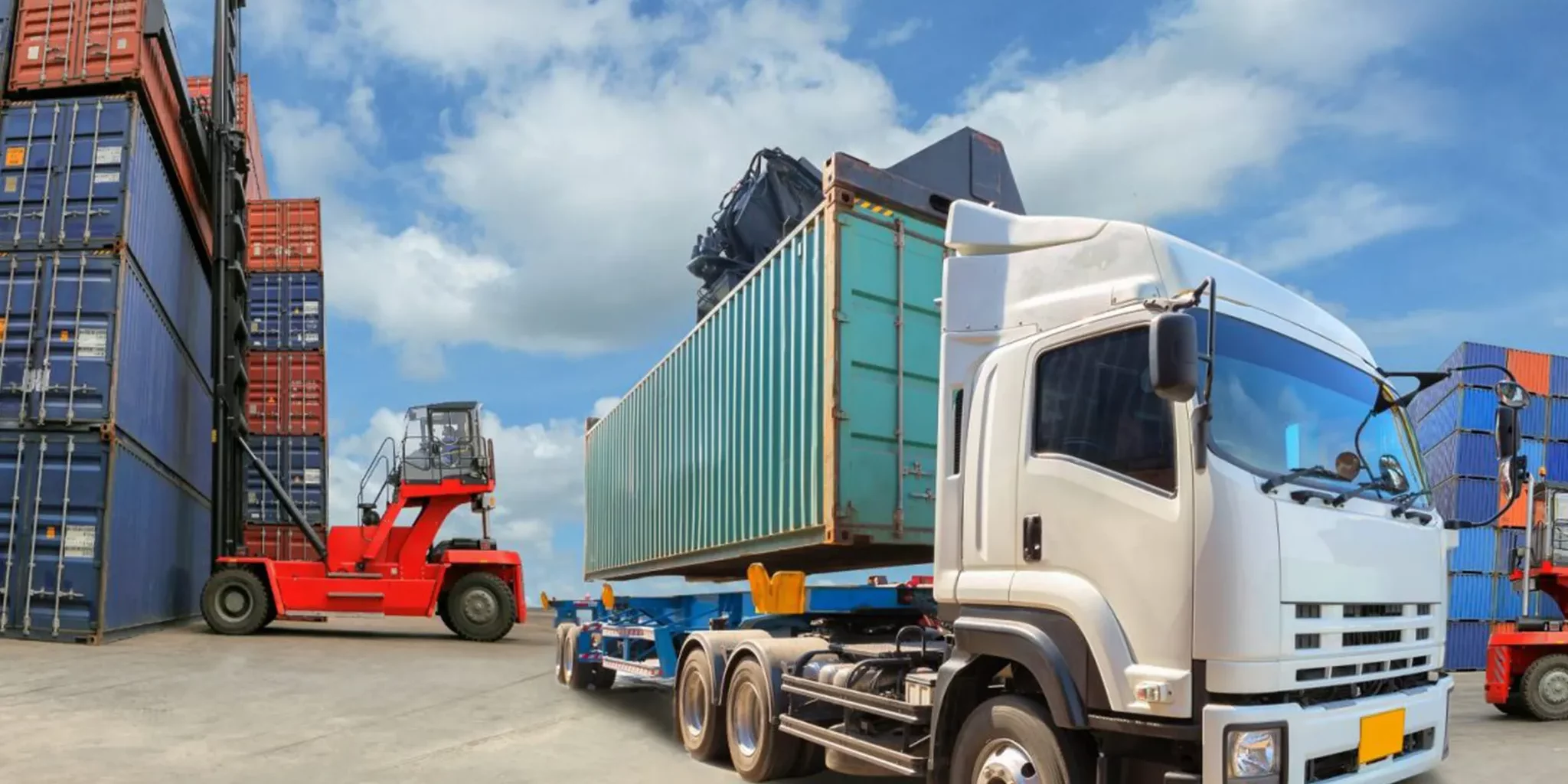Streamlining International Trade: The Crucial Role of Custom Clearance
Introduction:
In the dynamic landscape of global commerce, the efficient movement of goods across borders is imperative for businesses to thrive. Custom clearance, a pivotal component of international trade, plays a crucial role in ensuring the smooth flow of goods from one country to another. This process involves a series of procedures and documentation required by customs authorities to facilitate the legal entry or exit of goods.
Understanding Custom Clearance:
Custom Clearance is the formal process that goods must undergo before entering or leaving a country. It involves compliance with the rules and regulations set by the respective customs authorities. The primary objectives of custom clearance include revenue collection, protection of domestic industries, prevention of smuggling, and facilitation of legitimate trade.

Key Components of Custom Clearance:
- Documentation: One of the fundamental aspects of custom clearance is the preparation and submission of accurate documentation. This includes invoices, packing lists, bills of lading, certificates of origin, and any other relevant paperwork. Ensuring the correctness and completeness of these documents is essential to avoid delays and penalties.
- Customs Duties and Taxes: Custom clearance involves the determination and payment of applicable customs duties and taxes. These charges are calculated based on factors such as the type of goods, their value, and their country of origin. Proper assessment and payment are crucial to avoid legal complications and delays in the clearance process.
- Tariff Classification: Each product is assigned a specific tariff code, which is used to determine the applicable customs duties and taxes. Correctly classifying goods according to the Harmonized System (HS) ensures that the appropriate rates are applied, contributing to the accuracy and efficiency of the clearance process.
- Customs Declaration: The customs declaration is a formal statement made by the importer or exporter, providing information about the nature, quantity, and value of the goods. This declaration is crucial for customs authorities to assess the legality and legitimacy of the trade transaction.
- Inspection and Examination: Customs authorities may conduct physical inspections or examinations of goods to verify the information provided in the documentation. Compliance with safety, security, and quality standards is assessed during this phase, ensuring that the goods meet the country’s regulatory requirements.
Benefits of Efficient Custom Clearance:
- Facilitates Trade: Smooth and efficient custom clearance processes contribute to the facilitation of international trade, reducing barriers for businesses engaging in cross-border transactions.
- Minimizes Delays and Costs: Timely and accurate custom clearance minimizes the risk of delays and associated costs. Businesses can avoid storage fees and maintain reliable supply chain schedules.
- Ensures Compliance: Adhering to custom clearance procedures ensures compliance with international trade regulations, preventing legal issues and penalties.
- Enhances Reputation: Companies with a reputation for efficient custom clearance are more likely to attract international partners and customers, fostering trust and reliability.
Conclusion:
Custom clearance is an integral part of the global trade ecosystem, playing a vital role in the movement of goods across borders. Businesses that prioritize accurate documentation, compliance with regulations, and efficient clearance processes stand to benefit from a streamlined and cost-effective international trade experience. As the world becomes increasingly interconnected, the importance of effective custom clearance cannot be overstated in sustaining a thriving global economy.